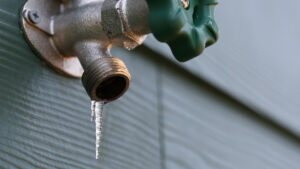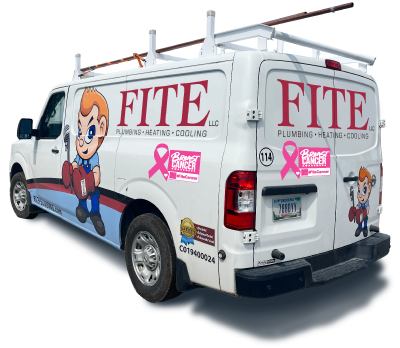As winter approaches, many homeowners worry about their plumbing systems. However, several myths about winter plumbing can lead to unnecessary anxiety and misguided actions. In this blog, we’ll debunk some of the most common winter plumbing myths, providing you with the facts to help you make informed decisions.

Myth 1: You Don’t Need to Worry About Winter Plumbing Until It Freezes
Fact: The risk of plumbing issues starts before temperatures drop below freezing. Pipes can freeze when temperatures dip to 20°F (-6°C) or lower, especially if they’re poorly insulated or in unheated areas. Take preventative measures early, such as insulating pipes in crawl spaces and attics.
Myth 2: Dripping Faucets Will Prevent Pipes from Freezing
Fact: While allowing a faucet to drip can relieve pressure, it’s not a guaranteed method to prevent frozen pipes. In extreme cold, even a dripping faucet may not suffice. Keep your home at a consistent temperature and ensure proper insulation around vulnerable pipes.
Myth 3: Hot Water is Effective for Unclogging Drains
Fact: Pouring hot water down the drain can harm your plumbing, especially if you have PVC pipes, as it can weaken joints. Instead, try a mixture of baking soda and vinegar to clear clogs or consult a professional plumber for more persistent blockages.
Myth 4: Closing Vents in Unused Rooms Saves Energy and Protects Plumbing
Fact: Closing vents can create pressure imbalances in your heating system, affecting your plumbing. This can lead to cold spots where pipes are prone to freezing. Maintain a consistent temperature throughout your home to protect all pipes.
Myth 5: DIY Solutions Can Fix All Winter Plumbing Problems

Fact: While minor plumbing issues might be manageable with DIY fixes, more severe problems, like burst pipes, should be addressed by a licensed plumber. Attempting to fix complex issues yourself can lead to further damage and costly repairs.
Myth 6: It’s Too Late to Winterize Your Home Once Cold Weather Hits
Fact: It’s never too late to winterize your plumbing. Even if winter has begun, you can still insulate exposed pipes, seal gaps in walls, and take other protective measures. Consider scheduling a plumbing inspection to identify vulnerabilities before they become emergencies.
Myth 7: Winter Plumbing Issues Are Just an Inconvenience
Fact: Winter plumbing problems can escalate quickly, leading to extensive water damage and costly repairs. Address any plumbing issues as soon as they arise to prevent bigger problems down the line.
By understanding these common winter plumbing myths, homeowners can make informed decisions and take proactive measures to protect their plumbing systems. If you have concerns about your plumbing this winter, go to our home page or Contact Fite Plumbing, Heating & Cooling today.

